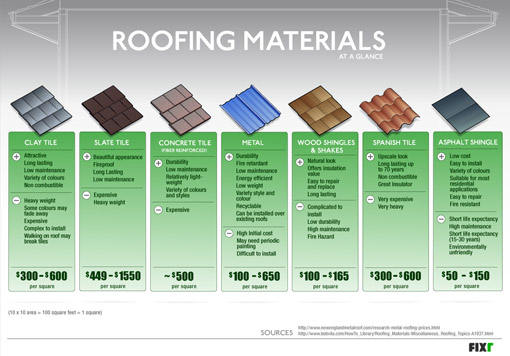Recognizing The Modern Technology And Functionality Of Solar Panels: A Beginner'S Introduction
Recognizing The Modern Technology And Functionality Of Solar Panels: A Beginner'S Introduction
Blog Article
Written By-Rye Hendriksen
So, you've read about solar panels and their prospective to produce power from sunshine, but how precisely do they function? Understanding Read the Full Report behind solar panels can be an interesting trip right into the world of renewable resource. From the basic principles of photovoltaic cells to the elaborate parts that make up a solar panel system, there's a whole world of knowledge waiting to be explored. Let's untangle the mysteries of solar panel modern technology together.
Solar Panel Innovation Fundamentals
To absolutely realize the significance of photovoltaic panel modern technology, you should explore the fundamental principles that underpin its functionality. Solar panels include photovoltaic cells, usually made from silicon, which have the impressive capability to convert sunlight into electrical power with the photovoltaic or pv impact. When sunshine strikes the cells, the photons in the light interact with the silicon atoms, creating the electrons to damage without their atomic bonds. residential ground solar panels produces an electrical current that can then be harnessed for powering different tools.
The vital part of solar panels is the semiconductors within the solar batteries, which facilitate the conversion of sunlight into functional electrical power. These semiconductors have both favorable and adverse layers, producing an electric area that permits the circulation of electrons.
This flow of electrons, when connected in a circuit, creates straight present (DC) electrical energy. Understanding these fundamental principles is vital for appreciating just how solar panels can harness the sunlight's energy to power homes, companies, and also satellites in space.
Exactly How Solar Panels Generate Electrical Energy
Photovoltaic panel harness the sun's power by converting sunlight into power through a procedure referred to as the solar result. When sunshine hits the photovoltaic panels, the photons (light bits) are taken in by the semiconducting products within the panels, usually constructed from silicon. This absorption produces an electrical present as the photons knock electrons loose from the atoms within the material.
The electric fields within the solar cells after that compel these electrons to move in a specific instructions, developing a straight current (DC) of electrical energy. This direct current is then gone through an inverter, which converts it into alternating current (AIR CONDITIONING) electricity that can be utilized to power your home or service.
Excess electrical energy created by the solar panels can be saved in batteries for later usage or fed back into the grid for credit scores via a procedure called internet metering. Understanding exactly how ground mounted solar panels residential produce electricity is vital to valuing the ecological and cost-saving benefits of solar power systems.
Comprehending Photovoltaic Panel Elements
One essential element of photovoltaic panel innovation is understanding the various parts that comprise a photovoltaic panel system.
The key components of a solar panel system consist of the photovoltaic panels themselves, which are comprised of solar batteries that transform sunshine right into electrical energy. https://solarpowerinverterforhome77654.blogadvize.com/38167155/discover-the-effect-of-shading-on-your-solar-panel-s-efficiency-and-gain-beneficial-understandings-on-exactly-how-to-optimize-their-power-output-for-maximum-outcomes are installed on a framework, typically a roofing system, to capture sunshine.
In addition to the panels, there are inverters that convert the straight current (DC) electricity generated by the panels into rotating current (AIR CONDITIONER) electrical energy that can be made use of in homes or services.
The system likewise includes racking to sustain and position the solar panels for optimum sunlight direct exposure. Additionally, cables and connectors are vital for transporting the electrical energy produced by the panels to the electric system of a structure.
Finally, a surveillance system might be consisted of to track the efficiency of the solar panel system and guarantee it's functioning effectively. Understanding these components is essential for anyone looking to install or use photovoltaic panel innovation effectively.
Conclusion
Since you comprehend the essentials of photovoltaic panel modern technology and exactly how it works, you can appreciate the power of taking advantage of sunshine to create tidy and renewable energy for your building. By using the photovoltaic impact and components like inverters and keeping track of systems, you can add to an extra sustainable future while also possibly saving on power costs. Keep knowing and exploring the opportunities of solar energy for a greener tomorrow.
